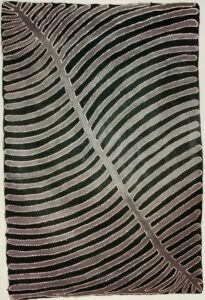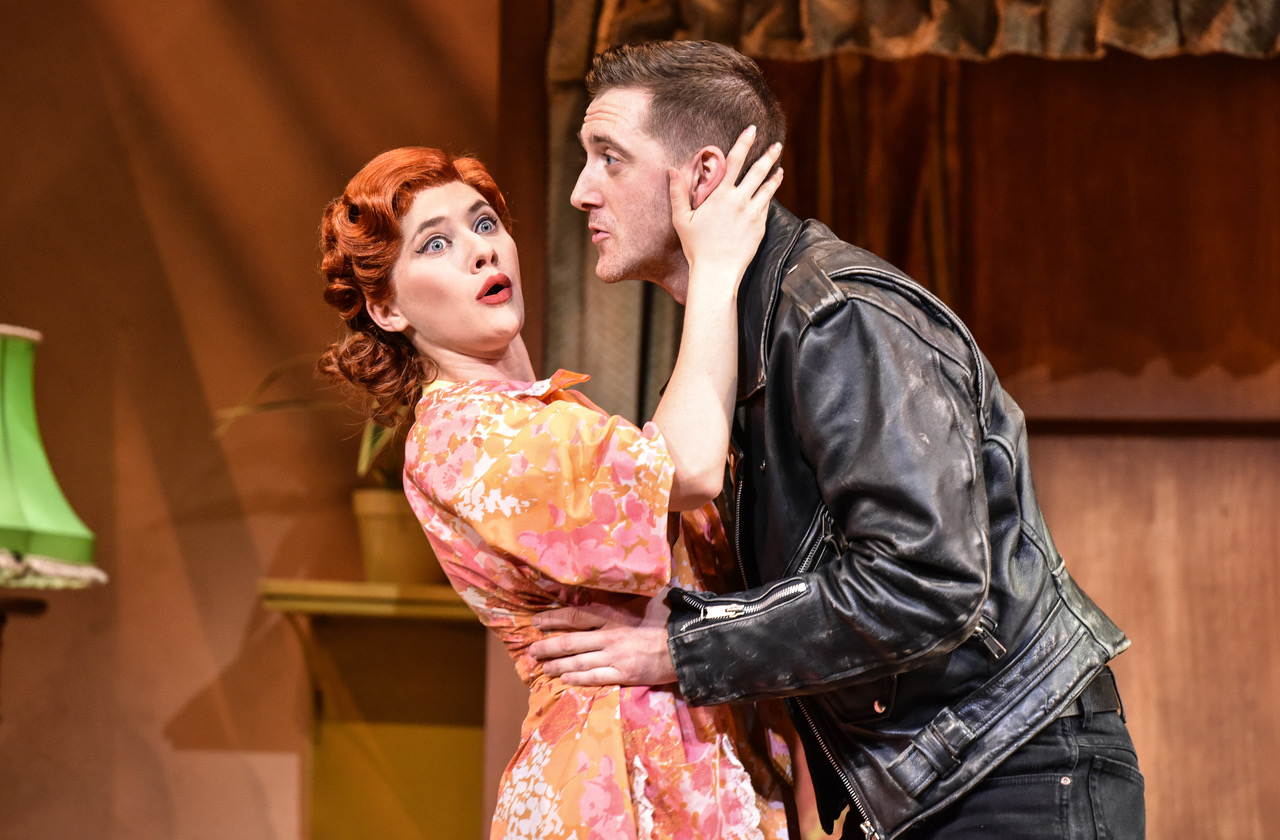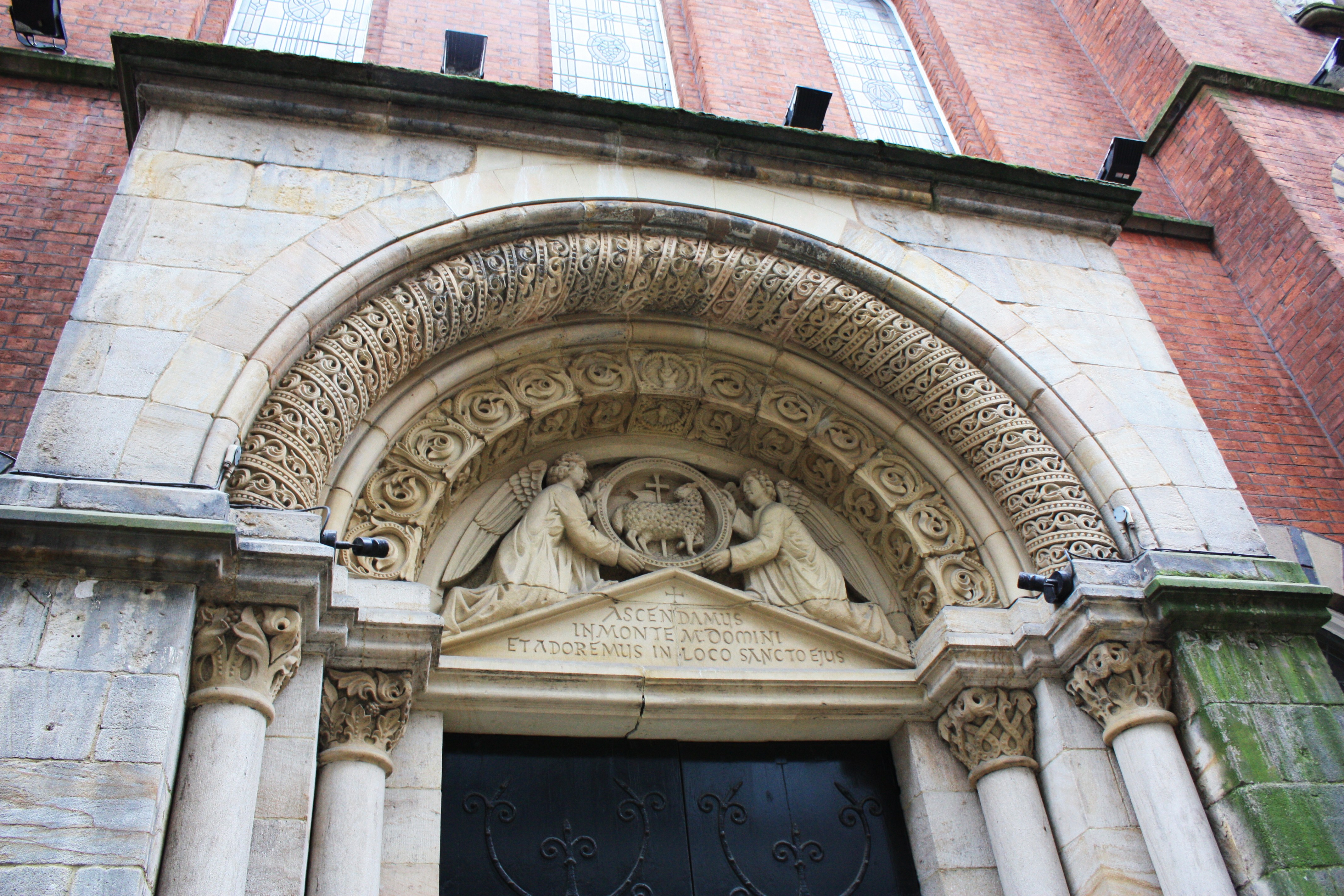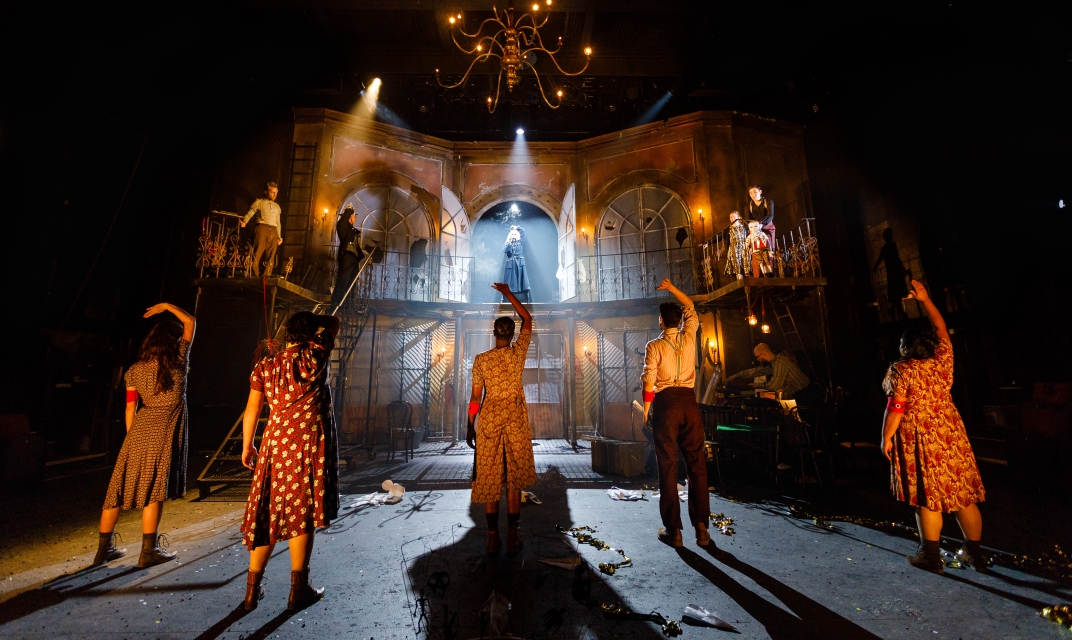A new exhibition at Saul Hay Gallery in Castlefield, Manchester affords a rare opportunity to catch a glimpse into another world.
Paintings by some of Australia’s most celebrated Aboriginal artists, including Emily Kngwarreye and Minnie Pwerle, are Dreamings, painted using a visual language that is inseparable from the land, the spirit and the ceremonies of Australia’s first nation people. The exhibition consists mainly of paintings by significant female artists, and there are several works documenting male ‘secret business’, maps of meetings that took place, recorded using an ancient Aboriginal code.

Men’s Ceremony by Tommy Jones. Photo credit: Victoria King
Alongside the rich narrative of these paintings, there is, for the viewer, an affecting authorship in the way paint is applied and in the composition – the way the eye travels around the paintings. They are after all, maps of places, whether real or imagined, a record of travels, the stars or animal tracks, and the way these are seen is pictorially. They are honestly made and it is a privilege to stand and look into these women’s Dreamings.
This is art that lives beyond its maker, that holds its own and tells its stories in the outside world. It feels alive. The paintings hum and vibrate in the white space of the gallery, they create an atmosphere or a world into which we can step and feel the spirit of these artists. It’s a disarming experience.
This exhibition comes courtesy of artist and collector Dr Victoria King, who volunteered at the remote Aboriginal outstation of Utopia, 270 kilometres north east of Alice Springs in Australia’s semi-arid, red centre, between 1998 and 2004.
Utopia is home to the Anmatyerre and Alyawarre people. In 1981 it was the first outstation in Australia to achieve Land Rights when the original indigenous owners’ land was finally returned to them. They received acrylic paints and canvas in 1988 and it was predominantly women who began painting their Dreamings (creation stories about how the land and natural world came to be) and awelye (women’s ceremonial body painting designs). These became synonymous with Australian Aboriginal artwork around the world.
King says: “The remote Aboriginal outstation of Utopia is a place of sublime, harsh beauty and infinite complexities. Over the five years I volunteered there, I transcribed the women’s Dreaming stories and watched as they created remarkable hybrid works of art that reflected their ancient culture. Their profound experiential wisdom and ecological knowledge astounded me and living with them was a privilege that forever changed how I see the world.”
Aboriginal Australians have the longest continuous land-based culture in the world – more than 65,000 years. They are custodians for specific ancestral places that they call ‘country’. In English, the term doesn’t come close to conveying the profound connection the people have to the land on which they lived in harmony until 1788 when British colonisation catastrophically disrupted their lives. Their land was taken by force, often in massacres, and they were displaced far from their homelands to harsh missions that forbade them speaking their native languages.

Arnkerrth Mountain Devil Lizard Dreaming II by Nancy Petyarre
This exhibition also tells the stories of the artists and the struggle to find their way back to their families, their language and culture following the colonisation of their lands.
Main image: Wildflowers by Emily Kngwarreye. Photo credit: Victoria King.
A Place Called Utopia runs until February 26, 2023. All works are for sale. Click here for information.











